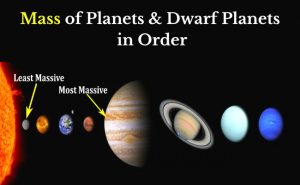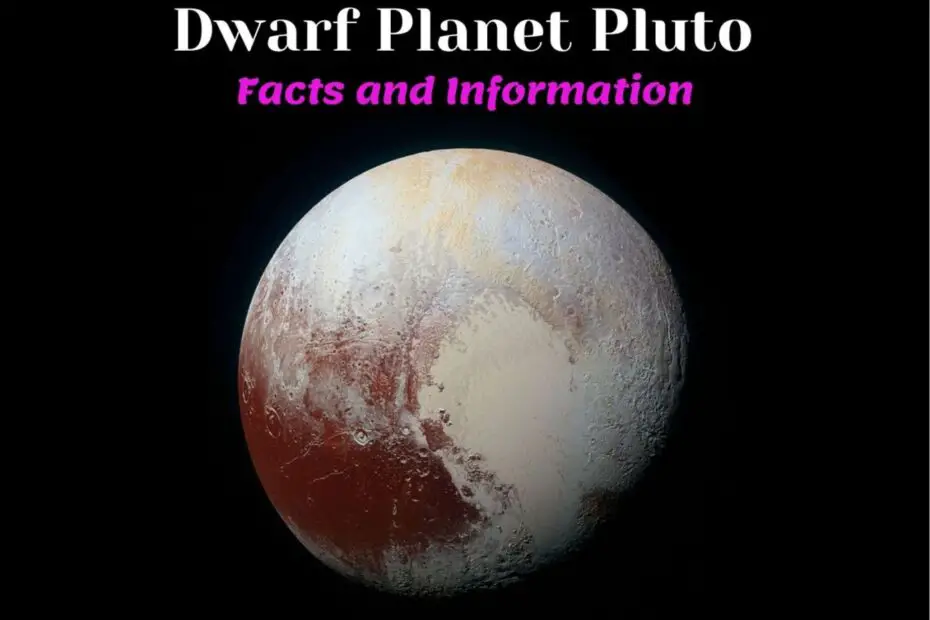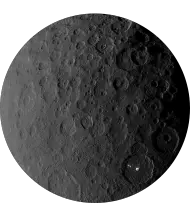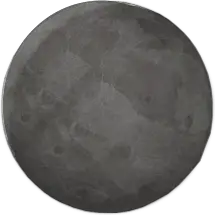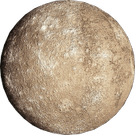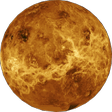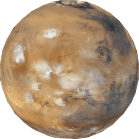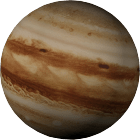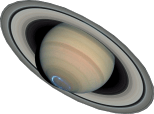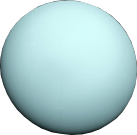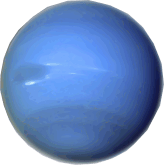Pluto is the first discovered dwarf planet in the Kuiper belt region of the solar system. It used to be a planet 9 before September 2006 which later categorized as a dwarf planet by International Astronomical Union (IAU). Dwarf planet Pluto is around 1/6th size of the earth but it has 5 moons.
Dwarf planet pluto has a diameter of approximately 2380 km. It has an average distance from the sun approximately 40 AU (astronomical unit).
Pluto is the 10th massive object in our solar system and the 2nd massive in the category of the dwarf planet after Eris. The mass of the pluto is around 0.2% of the earth and 17.5% of the earth’s moon.
Pluto facts and information
Here we have given some amazing pluto facts and information that can clear all questions and doubts related to this dwarf planet. Every question contains its own interesting facts and you must be amazed to know about it.
⇒Why is pluto a dwarf planet?
Yes, Pluto is not a planet. It is a dwarf planet. You can also ask this question like “why is pluto not considered as a planet”? There were 9 planets in our solar system before 2006. But on 24 August 2006 IAU reclassified Pluto into the dwarf planet category.
According to IAU, the definition of a planet is:
“It orbits around the sun,
The planet has sufficient mass for its self-gravity to overcome rigid body forces so that it assumes a hydrostatic equilibrium shape (almost round shape),
It has cleared the neighborhood around its orbit.”
Any dwarf planet in the solar system meets 1st two criteria but it gets different for the 3rd criteria. It means “dwarf planet does not clear the neighborhood object around its orbit”.
The dwarf planet pluto is not big to have enough mass and gravitational force. Due to the lack of enough gravitational force, some objects exist in the orbital path or near the orbital path of the pluto. It can not push the objects away with its low gravitational force like a planet can do. This is the reason Pluto is no longer a planet.
⇒When was Pluto discovered?
In 1906, a Bostonian astronomer ‘Percival Lowell’ and William H. Pickering started a project to search planet X. Percival Lowell was the founder of the Lowell Observatory. Lowell has started to search and captured some images unknowingly on 19 March and 7 April 2015. But they could not recognize it.
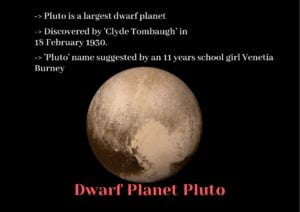
After the death of Lowell, a 23 years old ‘Clyde Tombaugh’ got the job to search the planet X. Almost 1 year of searching Tombaugh got photographs of an object in January 1930 with some movements. Then he confirmed the discovery date of pluto was 18 February 1930.
The name Pluto was suggested by an 11 years school girl Venetia Burney. The name ‘Pluto’ was announced on 11 May 1930.
⇒Is Pluto the largest dwarf planet?
After the discovery of Pluto, many astronomers estimated its size and mass. When it was discovered the astronomers calculated its mass roughly as earth size by considering the effect of Neptune and Uranus. But the further calculation gave other results and later it got 0.2% of earth size.
The diameter of Pluto is approximately 2380 km and the mass is 1.3 × 1022 kg. Hence Pluto is the largest dwarf planet in the solar system. But it is 2nd massive dwarf planet after Eris. The dwarf planet Eris has a diameter of 2330 km but the mass is approximately 1.7 × 1022 kg.
⇒How many moons does Pluto have?
IAU reclassified Dwarf planet Pluto is so small in size. Even when we compare its size with some of the planet’s moon. Jupiter’s moon Ganymede is approximately 2.2 times larger than pluto.
Though Pluto is small still it has 5 known moons in the solar system. These 5 moons of Pluto orbit around it. In order to increase the distance from pluto, these are Charon, Styx, Nix, Kerberos, and Hydra.

The size of the ‘Charon’ is almost half of the Pluto and it is tidally locked with Pluto. Styx is the smallest moon of the dwarf planet pluto and has an estimated diameter of 15 km only.
Must Read:- All Moons of Pluto
⇒What does Pluto look like?
Pluto revolves around the sun in a most elliptical orbit, unlike the other planets. It is comparatively smaller than our 8 planets. It is also smaller than 7 known moons/satellites of the planets “Ganymede, Titan, Callisto, Io, Moon, Europa, and Triton.
The surface of the pluto is made of almost 98% of Nitrogen Ice and some Methane with Carbon monoxide. The color of the pluto is slightly reddish like Mars and white.
When pluto gets near to the sun while orbiting, it has a thin atmosphere. But when Pluto is away from the sun it gets so cold and the atmosphere of it starts freezing. Later these frozen atmospheres fall on the surface of the pluto.
⇒How long does it take Pluto to orbit the sun?
Dwarf planet Pluto is one of the most elliptical objects in the solar system that orbits the sun. It takes around 248 earth years to complete one revolution around the sun with a speed of 17100 km per hour. This time duration of 248 earth years is called one year on pluto.
Pluto’s orbital path is inclined approximately 17°, unlike the other planets. Pluto has a retrograde rotation like Uranus and Venus around the sun. So it rotates clockwise, east to west around the Sun.
⇒How long is a day on pluto?
Axis of the rotation of the pluto is so much high like Uranus and is tilted by 122°. So pluto rotates almost on its side in the orbital plane. This results in 1/4th of the pluto surface facing continuous daylight and another ¼ on the other side of the surface facing the continuous darkness.
Pluto’s rotation period is around 6.38 earth days and this time duration is called the pluto length of the day.
⇒Pluto distance from the sun
As Pluto has an Oval-shaped orbit, sometimes it goes near to the sun, and sometimes it goes the farthest while orbiting around the sun.
The closest point of the pluto from the sun is called perihelion and the most distant point of its orbit is called aphelion. Sometimes pluto gets closer to the sun than planet Neptune.
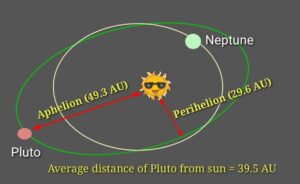
The average distance from the sun is 39.5 AU which is around 5.9 billion kilometers. The nearest point of the pluto from the sun is 4.4 billion km (29.6 AU) at perihelion.
The farthest point of the dwarf planet pluto from the sun is 7.4 billion km (49.3 AU) at aphelion. (AU is an astronomical unit, it is the distance between the sun and earth. 1AU = 150 million kilometers approximately.)
Also Read:– Closest and farthest distance of each planet from Sun
These were some Pluto facts and information. I hope you have enjoyed reading about this dwarf planet, Pluto. Below you can check about all other dwarf planets of our solar system.
- How Many Planets Exist in the Universe — A Cosmic Estimate

- 5 Best Solar System Backpacks in 2025

- Mass of Planets in Order from Lightest to Heaviest
